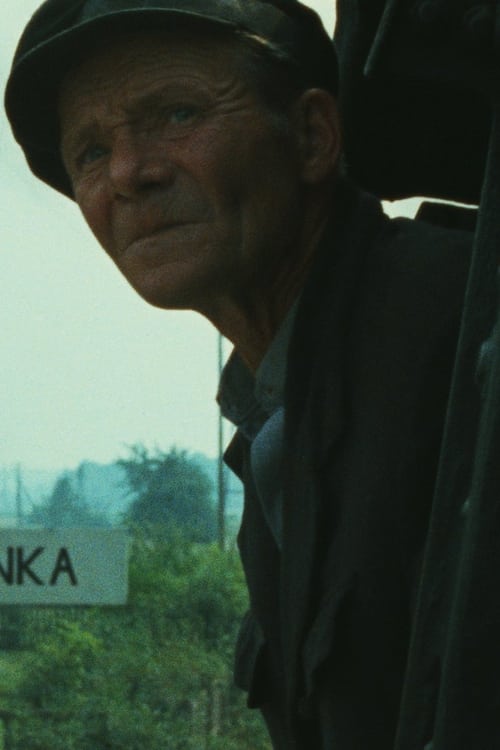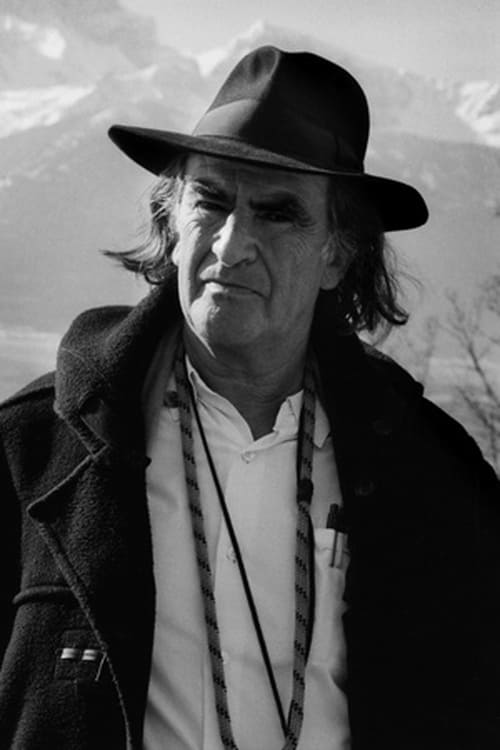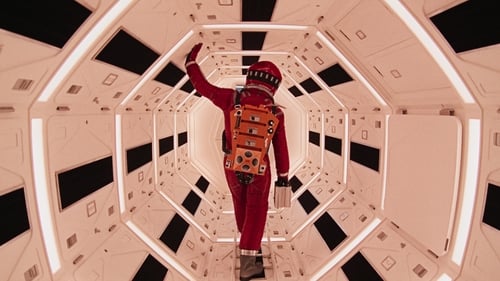쇼아 (1985)
장르 : 다큐멘터리, 역사
상영시간 : 9시간 16분
연출 : Claude Lanzmann
시놉시스
쇼아(히브리어로 '절멸'을 의미)란 2차 세계대전 당시 독일 나치가 유럽 전역에 있는 유대인을 비롯한 특정부류의 사람들을 집단 학살 한 것을 지칭한다. 감독 란쯔만은 8년간의 촬영과 350시간 분의 인터뷰를 9시간이 넘는 장편 다큐멘터리로 완성시켰다. 란쯔만은 나치 집단수용소도 아니고 하나의 전체로서의 나치체제도 아니며 하나의 과정으로서의 반유대주의도 아닌 죽음이 만연했던 구체적인 장소이며 지옥의 중추인 홀로코스트(나치 집단처형장)에 관해 논하기 위해 거의 10년 동안이나 세계를 돌아다녔다. 또한 란쯔만은 뉴스 필름이나 당시의 기록 필름을 단 한 커트도 사용하지 않고 등장 인물들의 말을 통해서만 유대인 학살을 이야기한다. 강제수용소의 생존자들, 나치 협력자들, 그리고 학살 작업에 동원되었던 사람들은 고통스럽게 그들의 과거를 카메라 앞에 드러낸다.
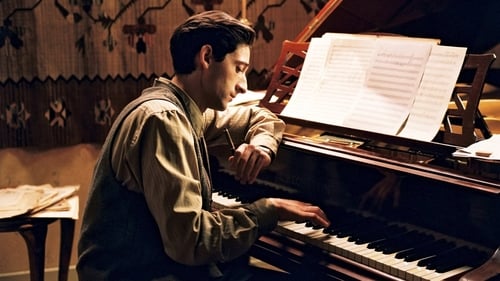
1939년 폴란드 바르샤바, 유명한 유대계 피아니스트 블라디슬로프 스필만은 한 인기 라디오 프로그램에서 쇼팽의 야상곡을 연주하다 폭격을 당한다. 이후 유태인인 스필만과 가족들은 게토에서 생활하지만, 결국 수용소로 향하는 기차에 몸을 싣게 된다. 가족들을 죽음으로 내보내고 간신히 목숨을 구한 스필만은 허기와 추위, 고독과 공포 속에서 마지막까지 생존해 나간다. 자신을 도와주던 몇몇의 사람마저 떠나고, 자신만의 은신처에서 끈질기게 생존을 유지하는 스필만. 어둠과 추위로 가득한 폐건물 속에서 은신생활 중 스필만은 우연찮게 순찰을 돌던 독일 장교에게 발각되는데...
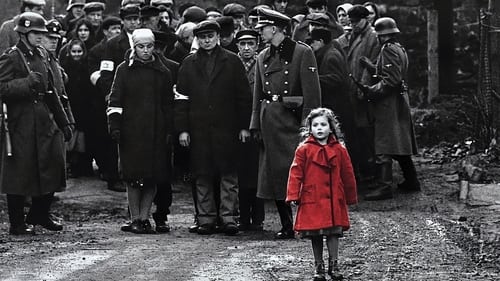
2차 세계대전 당시 독일군이 점령한 폴란드. 시류에 맞춰 자신의 성공을 추구하는 기회주의자 쉰들러는 유태인이 경영하는 그릇 공장을 인수한다. 그는 공장을 인수하기 위해 나찌 당원이 되고 독일군에게 뇌물을 바치는 등 갖은 방법을 동원한다. 그러나 냉혹한 기회주의자였던 쉰들러는 유태인 회계사인 스턴과 친분을 맺으면서 냉혹한 유태인 학살에 대한 양심의 소리를 듣기 시작한다. 마침내 그는 강제 수용소로 끌려가 죽음을 맞게될 유태인들을 구해내기로 결심하고, 독일군 장교에게 빼내는 사람 숫자대로 뇌물을 주는 방법으로 유태인들을 구해내려는 계획을 세우는데...
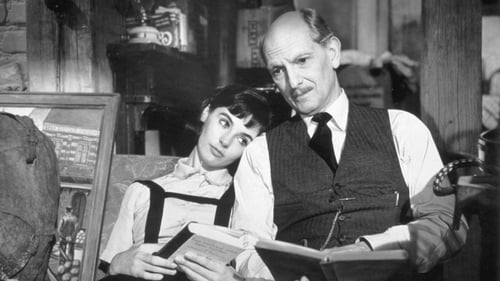
1934년 여름 히틀러가 집권하자 안네 가족은 프랑크프루트를 뗘나 네덜란드 암스테르담에 정착하게 된다. 불안한 생활 가운데에서도 한동안 평화로운 생활이 계속되는 안네의 가족. 그러나 1941년 네덜란드를 침공하고 암스테르담에서의 유태인 검거와 처형에 혈안이 된 나찌들의 횡포가 더욱 심해지자 안네의 가족은 불안한 하루하루를 보내게 된다. 그로부터 1년 후 안네의 언니 마르코프가 출두 명령을 받게 되고 다음 달, 안네의 가족을 비롯하여 반단씨 가족과 그의 아들이자 안네의 연인 피터, 의사인 뒤셀씨 등은 미리 준비해 두었던 은신처로 옮겨 은둔 생활에 들어간다. 그러나 2년이 넘는 은둔생활 중 게슈타포에 의해 발각되고 이들은 폴란드의 유태인 수용소를 전전하다가 그 다음해 안네의 아버지를 제외한 모든 사람들이 죽음을 당하게 된다. 세월이 흘러 독일이 패망한 후 안네의 아버지는 자신의 가족들이 독일군의 눈을 피해 숨어 지냈던 다락방에서 안네의 일기장을 발견하게 되는데.
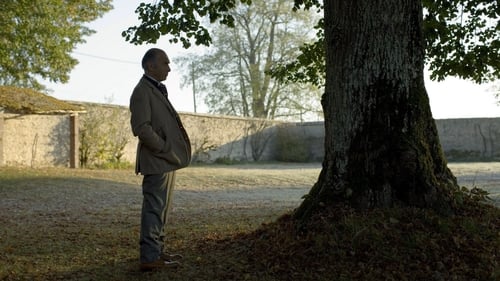
When Frédérick, the patriarch of the Alsatian Muller family, is conspicuously absent from his son Charles' funeral, Frédérick's surviving son and his granddaughter, raw from their loss, await an explanation. Once revealed, Frédérick's reasons and the painful secret Charles harbored for years threaten the foundations of the entire family.

A filmmaker and his siblings research the experiences of their late father, who survived the Holocaust during World War II.

The story of a retired music professor, Misha Brankov, who under unusual circumstances discovers his true origins. At the place where once stood a Nazi concentration camp for Jews during World War II, a metal box filled with documents is found. It was buried by an inmate Isaac Weiss in the year 1941. The professor finds out that his real parents, the Weiss's, gave him away to their friends, the Brankovs, just before they were taken into the camp. Inside the box there is an unfinished musical score, called "When day breaks", composed by the inmate Isaac Weiss. Searching for the truth about himself and his origins, Misha discovers the little-known truth about Judenlager Semlin camp, one of the worst Nazi execution sites in the heart of contemporary Belgrade. At the same time, the professor's obsession is to complete the composition, started by his father, and to perform it on the site of the former camp... which he, after many vicissitudes, finally succeeds.

1941년 프라하가 배경이다. 도시는 독일에 의해 점령당했고, 유대인 의사 브라운은 이웃 사람들에 의해 기피의 대상이 된다. 파시즘이 창궐하던 프라하를 배경으로 유대인들의 운명과 게슈타포의 습격 등 카프카적인 억압의 세계를 역사 드라마로 변형한 작품. (2013년 제14회 전주국제영화제)

Standing near the Western Wall in Jerusalem Avner says: 'This is the moment when I claim victory over the Nazis'. Two brothers, three mothers - a saga shrouded in fog for almost six decades - the unique narrative of a voyage tracing the roots of a shadowy past. Brothers Avner and Itzik live in Israel. As toddlers, their lives were saved first by their aunt, later by another young woman. Their past included three women who would become their mothers. But all this remained hidden - even from close family and friends. Now 70 year-old, Itzik and Avner journey into that past, seeking their true identity to piece together the incredible story of their survival.
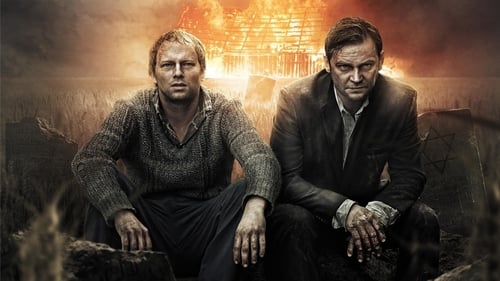
Two brothers are trying to find out the truth from years ago. The whole town is against them.

A documentary short film about the genocide at the Jasenovac concentration camp in Croatia in World War II.

다양한 인종의 여성 수감자들이 아우슈비츠 강제수용소에서 살아남기 위해 애를 쓴다.

Natan tells the remarkable story of Bernard Natan, a Romanian immigrant who came to Paris in 1905 and was involved almost immediately with French cinema. He took control of the Pathe film group in the late 1920s and went on to produce epic films such as Les Miserables. But Natan has become largely written out of French film history for various different reasons. I will not go into details here as the story is an excellent one, suffice to say that his ethnicity and subsequent rumours plagued Natan almost from the start of his career. His ‘comeuppance’ for his alleged transgressions is at the heart of this devastating documentary.

Knocking opens the door on Jehovah's Witnesses. They are moral conservatives who stay out of politics and the Culture War, but they won a record number of court cases expanding freedom for everyone. They refuse blood transfusions on religious grounds, but they embrace the science behind bloodless surgery. In Nazi Germany, they could fight for Hitler or go to the concentration camps. They chose the camps. Following two families who stand firm for their controversial and misunderstood Christian faith, KNOCKING reveals how one unlikely religion helped to shape history beyond the doorstep.
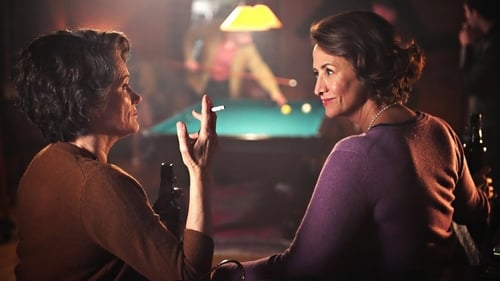
독일계 유대인 철학자이자 정치 사상가인 한나 아렌트가 1960~1964년까지 겪었던 실화를 다루었다. 한나는 나치 전범인 칼 아돌프 아이히만의 재판 내용을 보며, “악의 평범성”을 개념화한다. 하지만 그녀의 행동은 가족, 유대계 커뮤니티와 사상계 등 모든 사람의 반대에 부딪히게 된다. 사회적 반감과 살해 위협 속에서도 자신의 주장을 굽히지 않았던 한나 아렌트. , 에 이은 강인한 실존 여성 인물 3부작의 완성!

The mass murder of Jewish people by the Nazi regime is chronicled, with a warning that anti-Semitism is on the rise and the events of the Holocaust could happen again. The history of European Jewish culture and events before and during the Holocaust are seen in newsreels, photographs, and animated segments. The words of the victims of the era are read, and footage from the liberation os a concentration camp is shown.

Henryk Greenberg is a Polish-born American who lost much of his family in the Holocaust. Certain of the location where his father and younger brother were murdered, Greenberg returns to find most of his former neighbors predictably claiming foggy memories at first; but soon their recollections come more easily.

Mr. Mermelstein (Leonard Nimoy) and Mrs. Mermelstein (Blythe Danner) a true-life California couple, thrown into the spotlight of judicial history in the 1980s. He is a Hungarian-born Jew, sole-survivor of his family's extermination at Auschwitz, and she is a Southern Baptist from Tennessee. Their four children are good kids, typical Americans, with just enough orneriness to irritate each other, but enough love and class to pull together when it counts. When challenged by a hate group to prove that Jews were actually gassed at Auschwitz, Mel Mermelstein rises to the occasion with the support of his wife and children, in spite of the dangers to himself, his business, and his family. William John Cox (Dabney Coleman) provides legal help (pro bono) as a lawyer, originally a Roman Catholic from Texas.
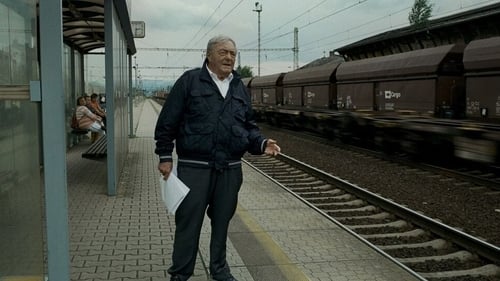
A place: Theresienstadt. A unique place of propaganda which Adolf Eichmann called the "model ghetto", designed to mislead the world and Jewish people regarding its real nature, to be the last step before the gas chamber. A man: Benjamin Murmelstein, last president of the Theresienstadt Jewish Council, a fallen hero condemned to exile, who was forced to negotiate day after day from 1938 until the end of the war with Eichmann, to whose trial Murmelstein wasn't even called to testify. Even though he was without a doubt the one who knew the Nazi executioner best. More than twenty-five years after Shoah, Claude Lanzmann's new film reveals a little-known yet fundamental aspect of the Holocaust, and sheds light on the origins of the "Final Solution" like never before.

Documentary that follows the lives of several Jewish refugees who fled to Shanghai during WWII.
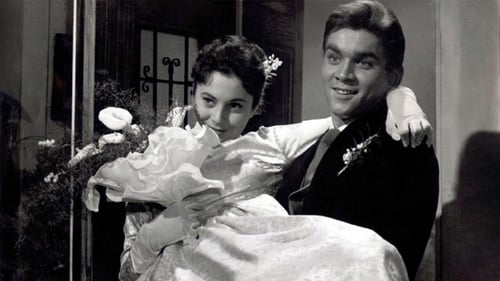
In order to save a friend's daughter, a 17-year-old Jewish girl, from the Ustashas, the Croatian family arranges her to be wed to their son Ivo.



